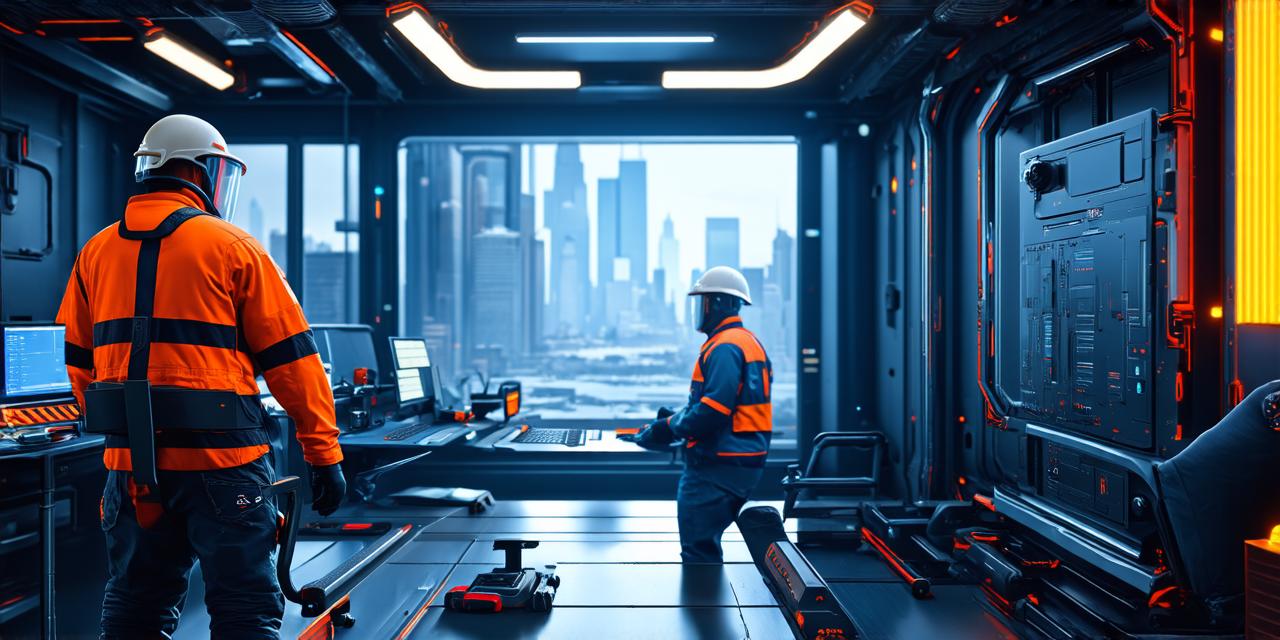Are you looking to create your first game using Unreal Engine 5? Look no further! In this step-by-step guide, we’ll take you through the process of creating a simple 3D platformer game with no coding required. Let’s get started!
Installing Unreal Engine 5
Before we can start creating our game, we need to install Unreal Engine 5 on our computer. To do this, follow these steps:
- Visit the Epic Games Launcher website (https://www.unrealengine.com/en-US/download) and download the latest version of Unreal Engine 5.
- Once the download is complete, open the installer and follow the on-screen instructions to install Unreal Engine 5.
- After the installation is complete, open Unreal Engine 5 and create a new project.
Creating Our Game World
Now that we have Unreal Engine 5 installed and our project created, let’s start building our game world. We’ll use Blueprints to create our game without any coding.
1. In the Content Browser, right-click and select “Blueprint Class”.
2. Name your new blueprint class “Player”.
- Double-click on the newly created blueprint to open it in the Blueprint Editor.
- Add a “Movement Controller” component to the player blueprint by dragging and dropping it from the Components tab onto the player.
- In the Movement Controller component, adjust the movement settings to your liking (e.g., speed, acceleration, etc.).
- Add a “Collision Mesh” component to the player blueprint by dragging and dropping it from the Components tab onto the player.
- In the Collision Mesh component, select a mesh for the player character (e.g., a 3D model of a character).
- Add a “Camera” component to the player blueprint by dragging and dropping it from the Components tab onto the player.
- In the Camera component, adjust the camera settings to your liking (e.g., focal length, aspect ratio, etc.).
- Add a “Lighting” component to the player blueprint by dragging and dropping it from the Components tab onto the player.
- In the Lighting component, adjust the lighting settings to your liking (e.g., brightness, color, etc.).
Creating the Game Logic
Now that we have our game world set up, let’s create some basic game logic using Blueprints.
1. In the Content Browser, right-click and select “Event Graph”.
2. Name your new event graph “Player Movement”.
- Double-click on the newly created event graph to open it in the Event Graph Editor.
- From the Event Graph Editor, add an “On Move” event from the Movement Controller component to the player blueprint.
- In the On Move event, add a “Set Camera Location” action by dragging and dropping it from the Actions tab onto the event.
- In the Set Camera Location action, set the camera location to follow the player character.
- Save your changes to the event graph.
Adding Visuals to the Game
Now that we have our game world set up and some basic game logic created, let’s add some visuals to make our game more interesting.
1. In the Content Browser, right-click and select “Blueprint Class”.
2. Name your new blueprint class “Enemy”.
- Double-click on the newly created blueprint to open it in the Blueprint Editor.
